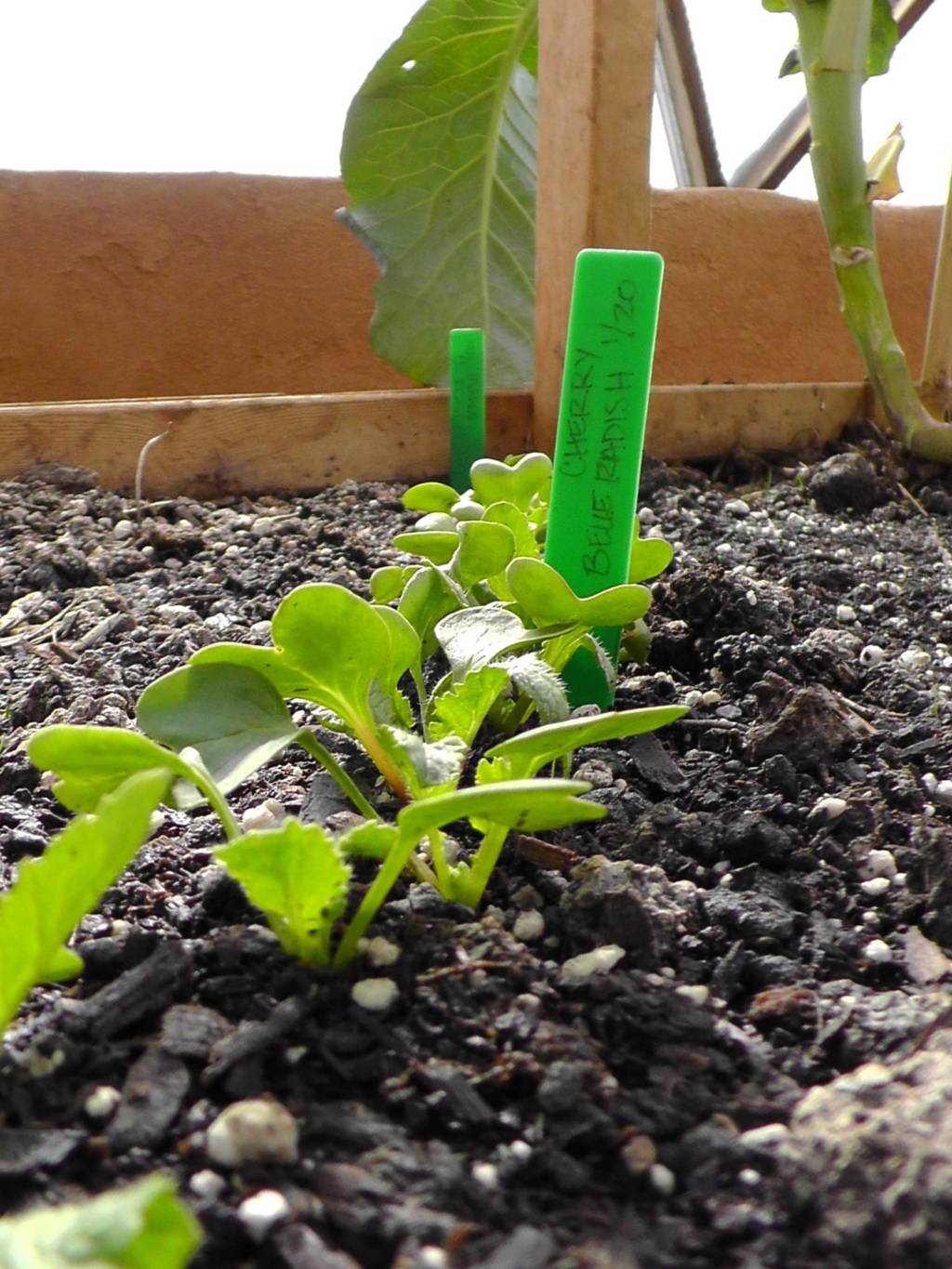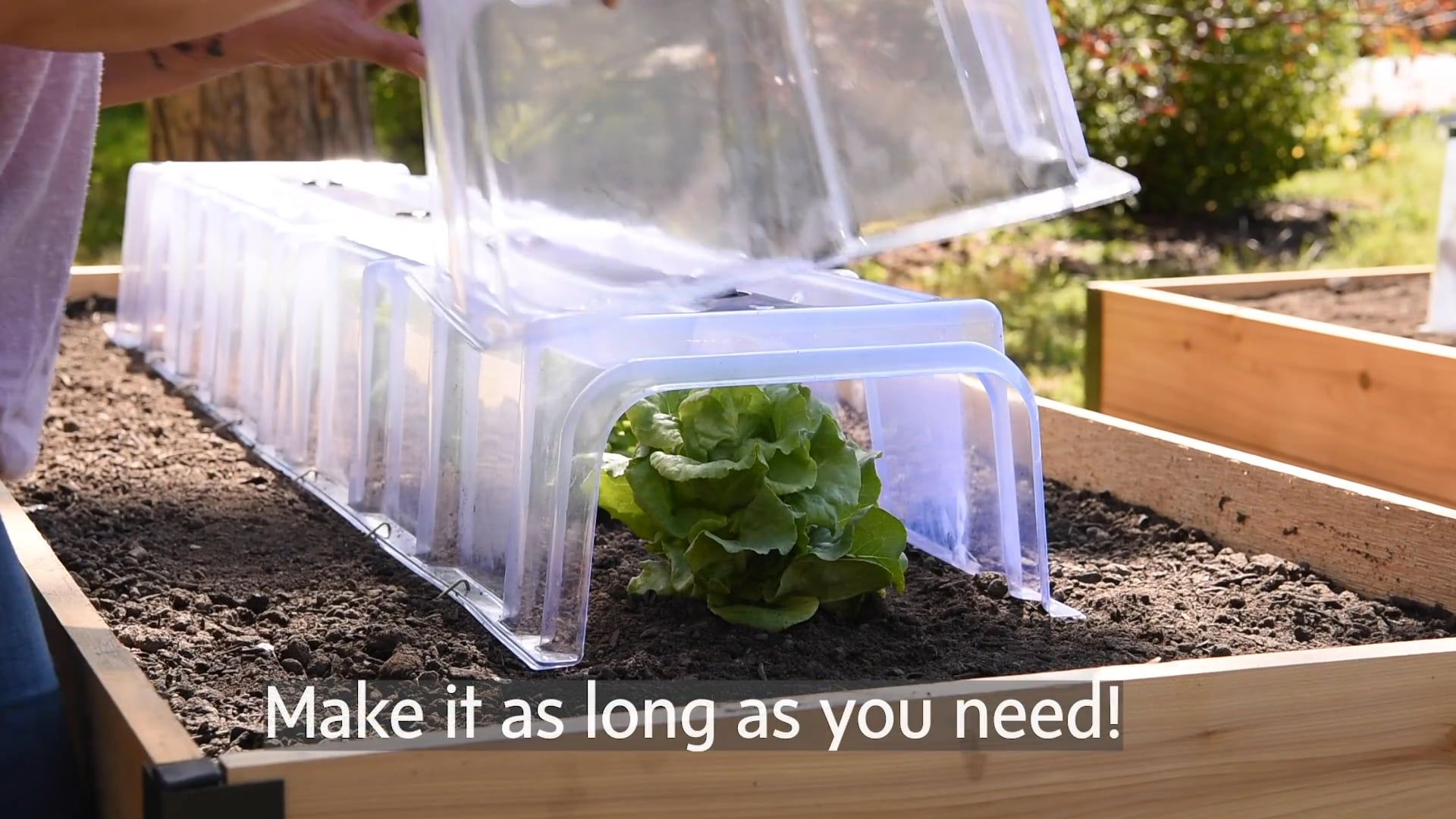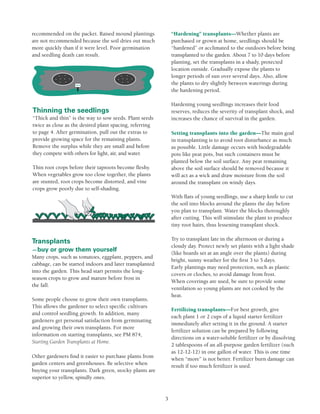Early and late season crops cloches and plastic
[Early and late season crops cloches and plastic]

Executive Summary

This comprehensive guide explores the versatile and cost-effective use of cloches and plasticulture in extending the growing season for a wider variety of crops. We’ll delve into the benefits of protecting plants from frost, pests, and unfavorable weather, ultimately maximizing yields and extending the harvest period. We’ll cover crucial aspects of choosing the right materials, installation techniques, and best practices for different crops and climatic conditions. Whether you’re a seasoned gardener or just starting out, this guide provides actionable advice to significantly improve your gardening success.

Introduction
Extending your growing season is key to enjoying fresh, homegrown produce for longer. Cloches and plasticulture offer simple yet highly effective methods for achieving this. These protective coverings create a microclimate around your plants, shielding them from the harsh realities of early spring frosts and late autumn chills, allowing you to plant earlier and harvest later, increasing both the quantity and quality of your yields. This guide explores the practical applications, benefits, and considerations for utilizing cloches and plasticulture in your garden.
Frequently Asked Questions
- Q: What is the difference between a cloche and a plastic tunnel?
A: While both provide protection, cloches are typically smaller, individual covers (often bell-shaped or dome-shaped) used for individual plants or small groups. Plastic tunnels, on the other hand, are larger structures that can cover entire rows or beds. Cloches offer more targeted protection, while tunnels offer broader coverage.
- Q: Can I use standard plastic sheeting for cloches?
A: While you can, it’s not ideal. Using specialized horticultural plastic offers several advantages, including better light transmission, improved durability, and often, UV protection which prevents degradation and prolongs the life of your cover. Standard plastic can also trap too much heat, potentially harming plants.
- Q: How do I ventilate my cloche or plastic tunnel?
A: Proper ventilation is crucial to prevent overheating and the build-up of humidity. For cloches, simply lift a corner or side on warm days. Larger tunnels often feature vents or zippers to regulate airflow. Good airflow prevents many common plant problems caused by humid environments.
Choosing the Right Cloche or Plastic Material
The material you choose significantly impacts the performance of your protective covering. Consider these factors:
- Light Transmission: Opt for materials that allow for sufficient sunlight penetration. Excessive shade will hinder plant growth. Look for plastics with high light transmission ratings.
- Durability: Choose robust materials that can withstand wind, rain, and potential hail. Thicker plastics are generally more durable but may reduce light transmission. Find a balance between the two.
- UV Resistance: UV-resistant plastics will last considerably longer, saving you money in the long run. Check the product description for UV protection claims.
- Flexibility: Consider the size and shape of your plants. Some plastics are more flexible than others, making them easier to shape and fit over plants.
- Temperature Regulation: Some materials are better at regulating temperature than others. Consider your climate and the plants you’re growing.
- Cost: While initial cost is a factor, consider the long-term durability and effectiveness. A more expensive, higher-quality material will often save you money over time.
Installing Cloches and Plastic Tunnels
Proper installation is vital for effective protection and optimal plant growth.
- Site Preparation: Ensure the ground is level and free of weeds. Proper soil preparation before installation is crucial for healthy plant growth.
- Ground Anchoring: Secure cloches and tunnels to prevent them from blowing away in windy conditions. Use pegs, rocks, or weighted items to secure them firmly.
- Plant Placement: Space plants appropriately under the cover to allow for optimal growth and air circulation. Crowding should be avoided at all costs.
- Ventilation: Incorporate proper ventilation methods to prevent overheating and humidity build-up. Regularly check for excessive condensation.
- Climate Considerations: Adjust installation techniques based on local weather conditions. Use additional layers or heavier materials in colder or windier areas.
- Maintenance: Regularly check for damage to the cover and repair as needed. Clean the covers to maintain light transmission.
Suitable Crops for Cloches and Plasticulture
Not all plants benefit equally from cloches and plasticulture. Consider these factors when choosing plants:
- Frost Sensitivity: Choose plants vulnerable to frost damage for protection against late spring and early autumn frosts.
- Growth Habit: Taller plants may require larger structures or support systems.
- Air Circulation Needs: Consider the plant’s air circulation requirements. Poor air circulation can lead to fungal diseases.
- Light Requirements: Select materials with sufficient light transmission for the chosen plants.
- Water Requirements: Remember that cloches and tunnels can alter water requirements. Monitor moisture levels regularly.
- Pest and Disease Susceptibility: Consider whether the covering will help reduce pest and disease issues. Plasticulture can create a more humid environment, leading to fungal issues if ventilation is not carefully managed.
Maximizing Yields with Cloches and Plasticulture
Using cloches and plasticulture effectively can dramatically increase your harvest. Here are several key strategies:
- Early Planting: Start seeds indoors and transplant seedlings under cloches or tunnels earlier than normal, benefiting from an extended growing season.
- Successive Sowing: Plant multiple batches of the same crop at different times to extend your harvest period throughout the season. This optimizes the use of space.
- Crop Rotation: Practice crop rotation to maintain soil health and reduce the risk of pests and diseases.
- Soil Preparation: Invest in rich, well-drained soil to maximize plant growth potential.
- Watering: Water consistently and monitor moisture levels. Avoid overwatering.
- Monitoring: Regularly monitor plants for signs of pests, diseases, or nutrient deficiencies.
Conclusion
Cloches and plasticulture represent simple yet highly effective tools for extending the gardening season, increasing yields, and improving the quality of your harvest. By carefully considering the selection of materials, proper installation techniques, and the specific needs of your chosen crops, you can significantly enhance your gardening success. Remember, consistent monitoring and proactive management are crucial to maximizing the benefits of these protective structures. Embrace the opportunity to extend the enjoyment of fresh, homegrown produce into the shoulder seasons, and experience the rewards of a more productive and resilient garden.
Keyword Tags
Cloches, Plasticulture, Extended Growing Season, Frost Protection, Crop Protection